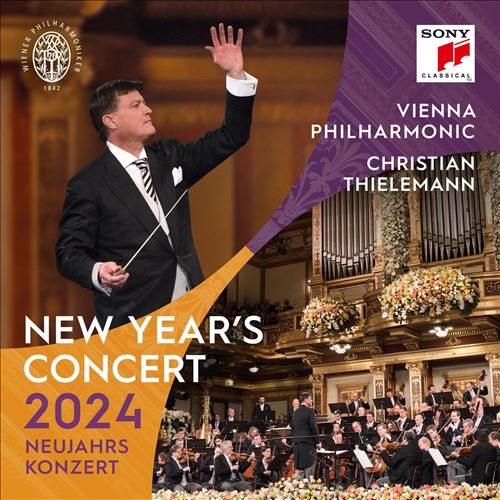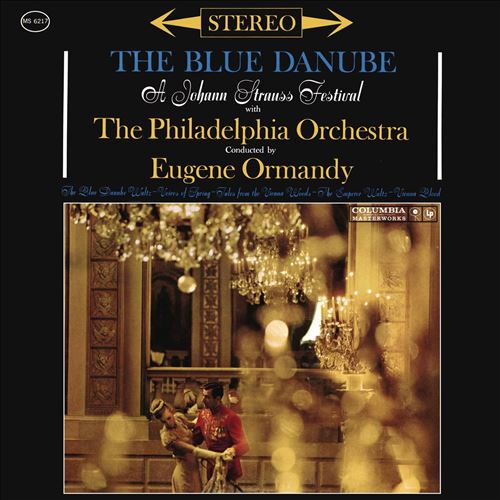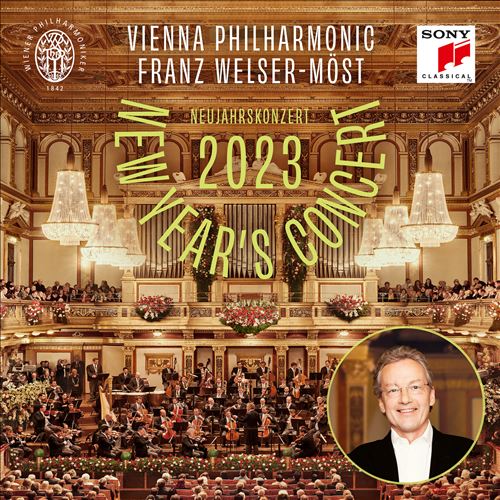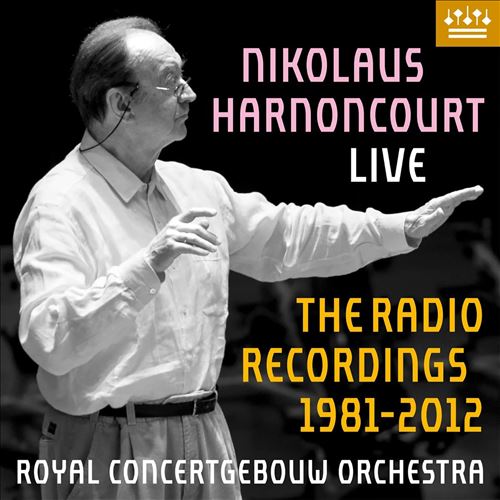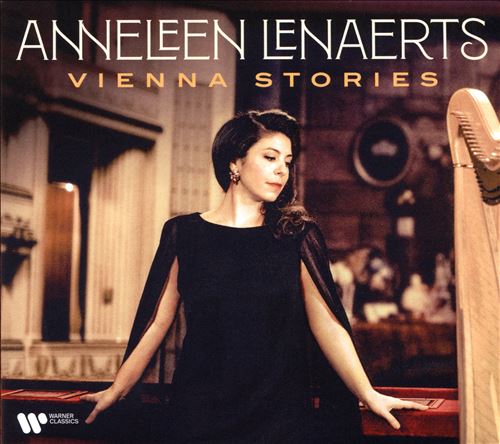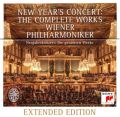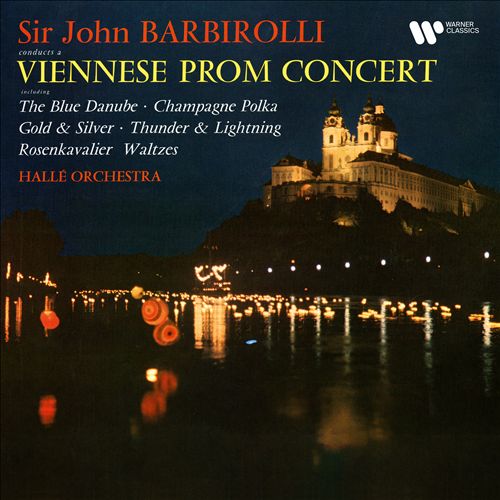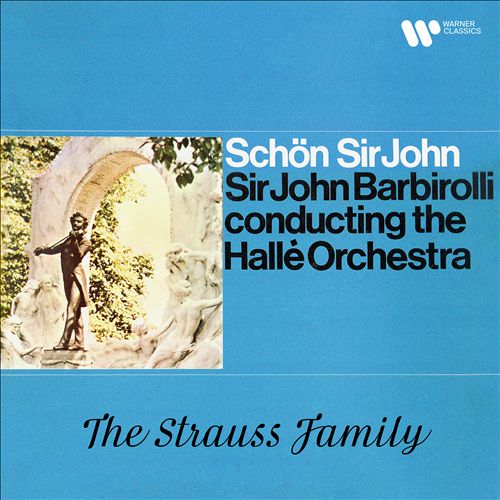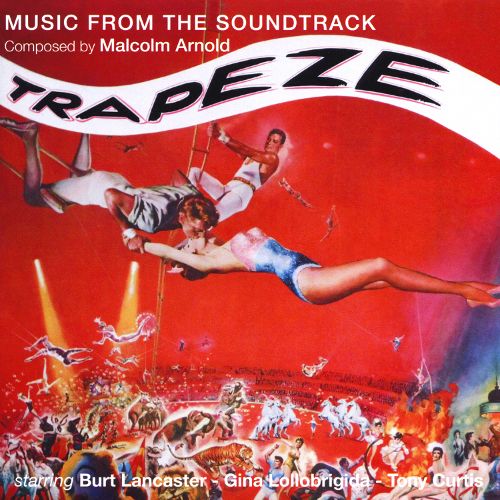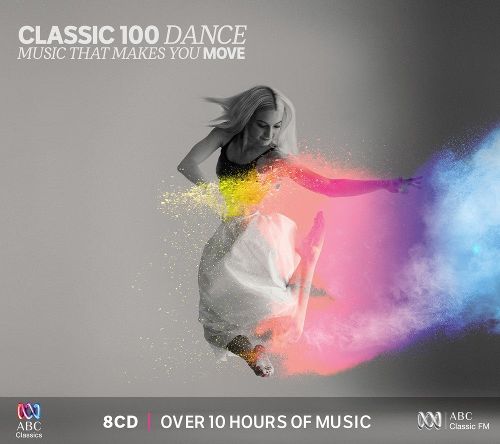Johann Strauss II (요한 슈트라우스 II)
On the Beautiful, Blue Danube, Op. 314 (RV 314)
100
10,000
1,400
WORK INFO
작곡가: Johann Strauss II (요한 슈트라우스 II)작곡년도: 1867출판년도: 1867평균연주: 9:34The Blue Danube is the common English title of An der schönen blauen Donau, Op. 314 (German for "By the Beautiful Blue Danube"), a waltz by the Austrian composer Johann Strauss II, composed in 1866. Originally performed on 15 February 1867 at a concert of the Wiener Männergesangsverein (Vienna Men's Choral Association), it has been one of the most consistently popular pieces of music in the classical repertoire. Its initial performance was only a mild success, however, and Strauss is reputed to have said, "The devil take the waltz, my only regret is for the coda—I wish that had been a success!" After the original music was written, the words were added by the Choral Association's poet, Joseph Weyl. Strauss later added more music, and Weyl needed to change some of the words. Strauss adapted it into a purely orchestral version for the World's Fair in Paris that same year, and it became a great success in this form. The instrumental version is by far the most commonly performed today. An alternate text by Franz von Gernerth, "Donau so blau" (Danube so blue), is also used on occasion. The Blue Danube premiered in the United States in its instrumental version on 1 July 1867 in New York, and in Great Britain in its choral version on 21 September 1867 in London at the promenade concerts at Covent Garden. When Strauss's stepdaughter, Alice von Meyszner-Strauss, asked the composer Johannes Brahms to sign her autograph-fan, he wrote down the first bars of The Blue Danube, but adding "Leider nicht von Johannes Brahms" ("Alas! not by Johannes Brahms").
The work commences with an extended introduction in the key of A major with shimmering (tremolo) violins and a horn spelling out the familiar waltz theme, answered by staccato wind chords, in a subdued mood. It rises briefly into a loud passage but quickly dies down into the same restful nature of the opening bars. A contrasting and quick phrase in D major anticipates the waltz before three quiet downward-moving bass notes "usher in" the first principal waltz melody.From WIKIPEDIA
RELEASED ALBUMS
-
Neujahrskonzert 2025 New Year's ConcertJanuary 10, 2025
-
Johann Strauss II: An der schönen blauen Donau, Walzer, Op. 314 [2025]January 7, 2025
-
Prosit Neujahr! A Viennese New Year's Concert [2025]December 31, 2024
-
Happy Work Background Music: Classical Music Relieves StressDecember 11, 2024
-
The Art of Hansjörg AngererNovember 15, 2024
-
Yuletide TreatsOctober 18, 2024
-
Neujahrskonzert 2024 [New Year's Concert]January 12, 2024
-
The Blue Danube: A Johann Strauss FestivalDecember 8, 2023
-
Neujahrskonzert 2023 New Year's ConcertFebruary 17, 2023
-
Live: The Radio Recordings 1981-2012October 7, 2022
-
Greatest Hits of Classical MusicApril 29, 2022
-
Neujahrskonzert 2022 / New Year's Concert 2022February 11, 2022
-
Nikolaus Harnoncourt conducts Johann Strauss IIDecember 17, 2021
-
Vienna StoriesDecember 10, 2021
-
Anima Eterna, Jos Van ImmerseelSeptember 10, 2021
-
The Immersive ExperienceJune 11, 2021
-
Mums Love ClassicsMay 7, 2021
-
New Year's Concert: The Complete Works - Extended EditionDecember 4, 2020
-
Orchestral FavouritesNovember 20, 2020
-
A Viennese Prom ConcertSeptember 4, 2020
-
3D Classical Collection [Amazon]July 15, 2020
-
Schön Sir JohnJune 19, 2020
-
Classical: 30 of the BestApril 24, 2020
-
My Music, My World: The Very Best of André RieuSeptember 20, 2019
-
100 Hits: The Best Classical AlbumMay 17, 2019
-
Romantic Moments IIApril 5, 2019
-
Don't Stop the Music: Music from the ABC SeriesDecember 14, 2018
-
Strauss For EverSeptember 28, 2018
-
TrapezeJuly 27, 2018
-
Classic 100 Dance: Music that Makes You MoveJune 11, 2018
FEATURED MOVIES
-
 12:14슈트라우스II: 아름다운 푸른 다뉴브 Op. 314 (RV 314)
12:14슈트라우스II: 아름다운 푸른 다뉴브 Op. 314 (RV 314) -
 10:45슈트라우스II: 아름다운 푸른 다뉴브 Op. 314 (RV 314)
10:45슈트라우스II: 아름다운 푸른 다뉴브 Op. 314 (RV 314) -
 10:00슈트라우스II: 아름다운 푸른 다뉴브 Op. 314 (RV 314)2011New Year's Concert Vienna
10:00슈트라우스II: 아름다운 푸른 다뉴브 Op. 314 (RV 314)2011New Year's Concert Vienna -
 10:50슈트라우스II: 아름다운 푸른 다뉴브 Op. 314 (RV 314)January 14, 2012
10:50슈트라우스II: 아름다운 푸른 다뉴브 Op. 314 (RV 314)January 14, 2012 -
 08:14슈트라우스II: 아름다운 푸른 다뉴브 Op. 314 (RV 314)Empress Sisi's castle; Schonbrunn Palace Vienna
08:14슈트라우스II: 아름다운 푸른 다뉴브 Op. 314 (RV 314)Empress Sisi's castle; Schonbrunn Palace Vienna -
 09:54슈트라우스II: 아름다운 푸른 다뉴브 Op. 314 (RV 314)2013San Vicente
09:54슈트라우스II: 아름다운 푸른 다뉴브 Op. 314 (RV 314)2013San Vicente -
 09:58슈트라우스II: 아름다운 푸른 다뉴브 Op. 314 (RV 314)March 2010tour in North America
09:58슈트라우스II: 아름다운 푸른 다뉴브 Op. 314 (RV 314)March 2010tour in North America -
 11:06슈트라우스II: 아름다운 푸른 다뉴브 Op. 314 (RV 314)
11:06슈트라우스II: 아름다운 푸른 다뉴브 Op. 314 (RV 314) -
 09:40슈트라우스II: 아름다운 푸른 다뉴브 Op. 314 (RV 314)
09:40슈트라우스II: 아름다운 푸른 다뉴브 Op. 314 (RV 314) -
 08:57슈트라우스II: 아름다운 푸른 다뉴브 Op. 314 (RV 314)2008
08:57슈트라우스II: 아름다운 푸른 다뉴브 Op. 314 (RV 314)2008 -
 05:28슈트라우스II: 아름다운 푸른 다뉴브 Op. 314 (RV 314)December, 2007Santori Hall, Japan
05:28슈트라우스II: 아름다운 푸른 다뉴브 Op. 314 (RV 314)December, 2007Santori Hall, Japan -
 08:22슈트라우스II: 아름다운 푸른 다뉴브 Op. 314 (RV 314)2015. 2. 10부산문화회관 대극장
08:22슈트라우스II: 아름다운 푸른 다뉴브 Op. 314 (RV 314)2015. 2. 10부산문화회관 대극장 -
 07:46슈트라우스II: 아름다운 푸른 다뉴브 Op. 314 (RV 314)2014. 1. 11부산문화회관 대극장
07:46슈트라우스II: 아름다운 푸른 다뉴브 Op. 314 (RV 314)2014. 1. 11부산문화회관 대극장 -
 10:55슈트라우스II: 아름다운 푸른 다뉴브 Op. 314 (RV 314)2014Bangkok Prinz Mahidol Hall
10:55슈트라우스II: 아름다운 푸른 다뉴브 Op. 314 (RV 314)2014Bangkok Prinz Mahidol Hall -
 09:58슈트라우스II: 아름다운 푸른 다뉴브 Op. 314 (RV 314)hall of the Vienna Parliament
09:58슈트라우스II: 아름다운 푸른 다뉴브 Op. 314 (RV 314)hall of the Vienna Parliament
ALBUM MUSIC
WORKS SHOUTS








